
How to Keep Your Non-Stick Pan as Good as New for 3 Years: Simple Tips and Tricks
A non-stick pan is one of the most valuable tools in any kitchen. It allows for easy cooking, helps to reduce the amount of oil needed, and makes cleaning up a breeze. However, like all kitchen items, it requires proper care to ensure its longevity. If you have a non-stick pan that’s starting to show signs of wear and tear, you may be wondering how to keep it looking and working as good as new for longer. The good news is that with a few simple steps, you can ensure that your non-stick pan stays in top shape for at least 3 years. Here’s how.
1. Season Your Non-Stick Pan Regularly
While non-stick pans are designed to reduce the need for oil, adding a little bit of oil during cooking can help maintain the non-stick surface. It’s also a good idea to “season” your pan occasionally, much like you would a cast-iron skillet. To do this, heat the pan on medium-low heat and add a small amount of oil—vegetable oil or flaxseed oil works well. Let the oil heat up for a few minutes and then remove the pan from the heat. Wipe off any excess oil with a paper towel. This will create a thin layer that helps preserve the non-stick coating.
Why It Works: Regularly seasoning the pan creates a protective barrier on the non-stick surface, which prevents it from breaking down over time. It also helps to maintain the smoothness of the coating, ensuring that food doesn’t stick and that cleaning remains easy.
2. Use the Right Utensils
One of the main causes of damage to non-stick pans is the use of metal utensils. Scratches from metal spatulas, forks, or knives can ruin the non-stick coating and cause food to stick. To preserve the integrity of your pan, always use utensils made of wood, silicone, or plastic. These materials are gentle on the non-stick surface and help to extend the life of your pan.
Why It Works: Non-stick surfaces are delicate, and using harsh materials can cause permanent damage. Gentle utensils prevent scratches and help keep the coating intact for a longer period.
3. Clean Your Pan Properly
Cleaning your non-stick pan properly is essential to maintaining its non-stick properties. After each use, let the pan cool down before washing it. Avoid soaking the pan in water for extended periods as this can loosen the non-stick coating. Instead, wash it with warm soapy water and a soft sponge. Never use abrasive cleaning pads, steel wool, or harsh chemicals, as they can damage the surface.
If there are stubborn food particles stuck to the pan, avoid using sharp objects to scrape them off. Instead, try soaking the pan in warm water for 10-15 minutes to loosen the debris. Once the food residue is softened, gently wipe it off with a sponge.
Why It Works: Proper cleaning helps preserve the non-stick coating and prevents any residual food from affecting the pan’s performance. Abrasive cleaners can strip away the protective layer, which makes it more prone to food sticking in the future.
4. Avoid High Heat
Non-stick pans are not designed to withstand extremely high temperatures. Cooking at high heat can cause the non-stick coating to degrade over time, making it less effective and shortening the life of the pan. To keep your non-stick pan in good condition, avoid cooking on high heat settings. Instead, cook on medium or low heat and let the pan heat up gradually.
Why It Works: High heat can cause the non-stick coating to break down and peel off. By cooking at lower temperatures, you preserve the coating and ensure that your pan stays in great shape for years.
5. Store Your Non-Stick Pan Properly
When it comes to storing your non-stick pan, be mindful of how you stack it with other cookware. Avoid stacking your non-stick pan with other pots and pans, especially those with rough surfaces, as this can lead to scratches. If you must stack your pans, place a paper towel or soft cloth between them to provide a cushion and prevent damage.
Why It Works: Proper storage helps prevent unnecessary scratches and keeps your non-stick pan in good condition. Stacking your cookware the right way ensures that the non-stick surface remains intact.
6. Avoid Cooking Acidic Foods
Acidic foods like tomatoes, vinegar, and citrus can break down the non-stick coating over time. While it’s not always possible to avoid these foods, try to limit cooking highly acidic dishes in your non-stick pan. If you do need to cook acidic foods, make sure to clean the pan thoroughly afterward to prevent any long-term damage.
Why It Works: Acidic ingredients can eat away at the non-stick coating and cause it to wear down faster. Minimizing contact with acidic foods helps preserve the longevity of your pan.
7. Check for Damage Regularly
Regularly inspect your non-stick pan for signs of wear and tear. If you notice that the coating is starting to peel or flake, it may be time to replace the pan. Using a pan with damaged non-stick coating can result in food sticking and uneven cooking, which defeats the purpose of having a non-stick pan.
Why It Works: Regular inspection ensures that you catch any damage early on, allowing you to make an informed decision about whether the pan needs to be replaced. Early detection can prevent further damage and maintain the quality of your cooking.
8. Don’t Overcrowd the Pan
Overcrowding your pan can lead to uneven cooking and potential damage to the non-stick surface. When too much food is added to the pan, the food releases moisture, which can cause sticking and mess up the surface. For best results, cook in batches if necessary and allow enough space between ingredients to ensure even cooking.
Why It Works: Avoiding overcrowding helps maintain the integrity of the non-stick coating by ensuring that the food cooks evenly and doesn’t release excess moisture that can cause damage to the surface.
Conclusion
Keeping your non-stick pan looking as good as new for 3 years doesn’t have to be difficult. By following these simple steps—seasoning your pan regularly, using the right utensils, cleaning properly, avoiding high heat, storing carefully, and minimizing acidic foods—you can extend the life of your pan and maintain its performance. With just a little extra care, your non-stick pan will continue to serve you well for years to come, making your cooking experience smoother, more enjoyable, and easier than ever before.
News in the same category


How to Clean Limescale Off Your Faucet in Just 25 Seconds with a Simple Trick

How to Clean Your Air Conditioner Easily in Just 15 Minutes — No Technician Needed, Even Women Can Do It Effortlessly
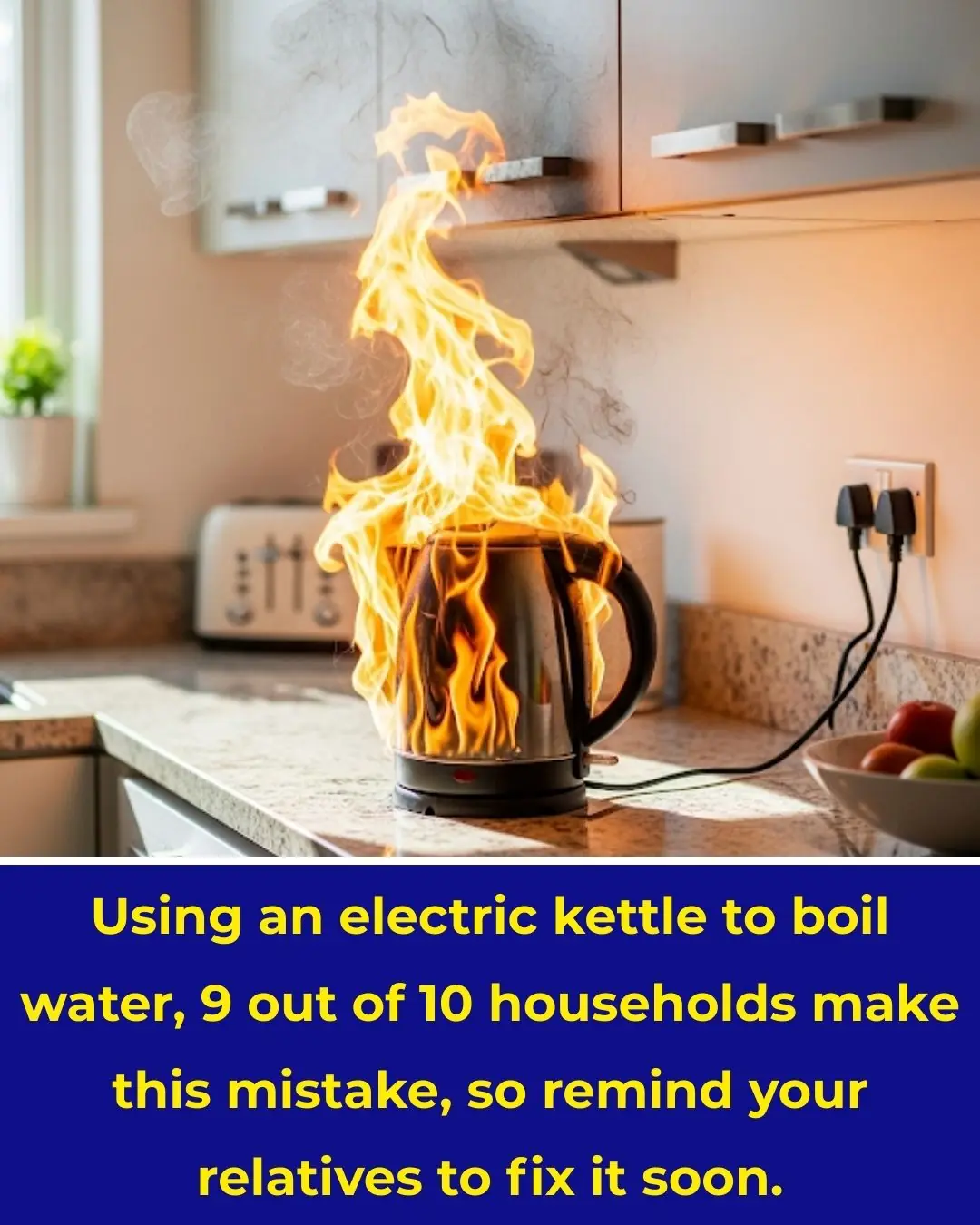
Using Electric Kettles to Boil Water: 9 Out of 10 Households Make This Mistake — Remind Your Loved Ones to Fix It Early

🌅 Three Morning Symptoms That Could Be Early Warning Signs of Cancer
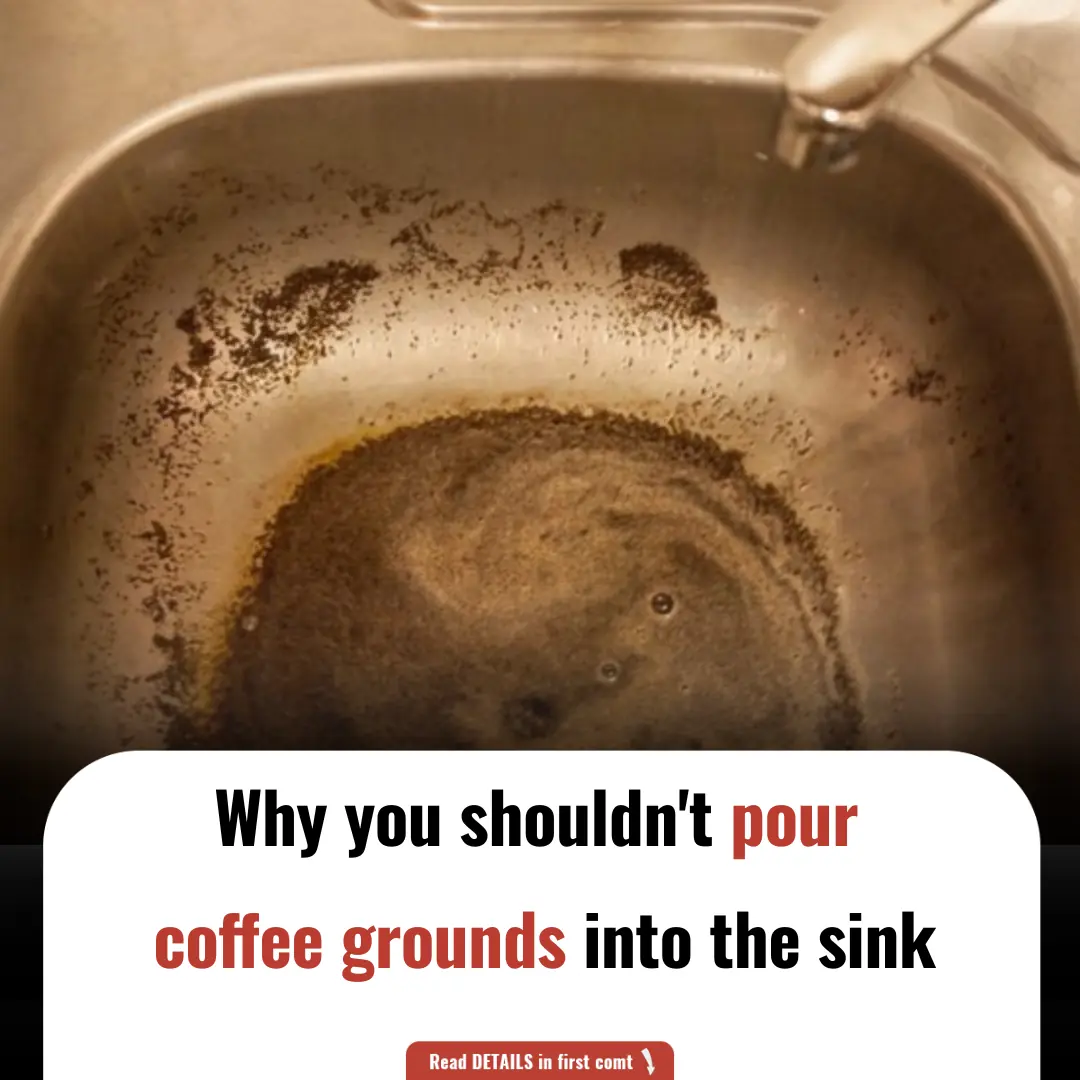
Why You Shouldn't Pour Coffee Grounds into the Sink

Why You Shouldn't Turn on the Air Conditioner During Storms: A Waste of Money

The Benefits of Keeping Salt in Your Fridge: A Simple Trick to Improve Health
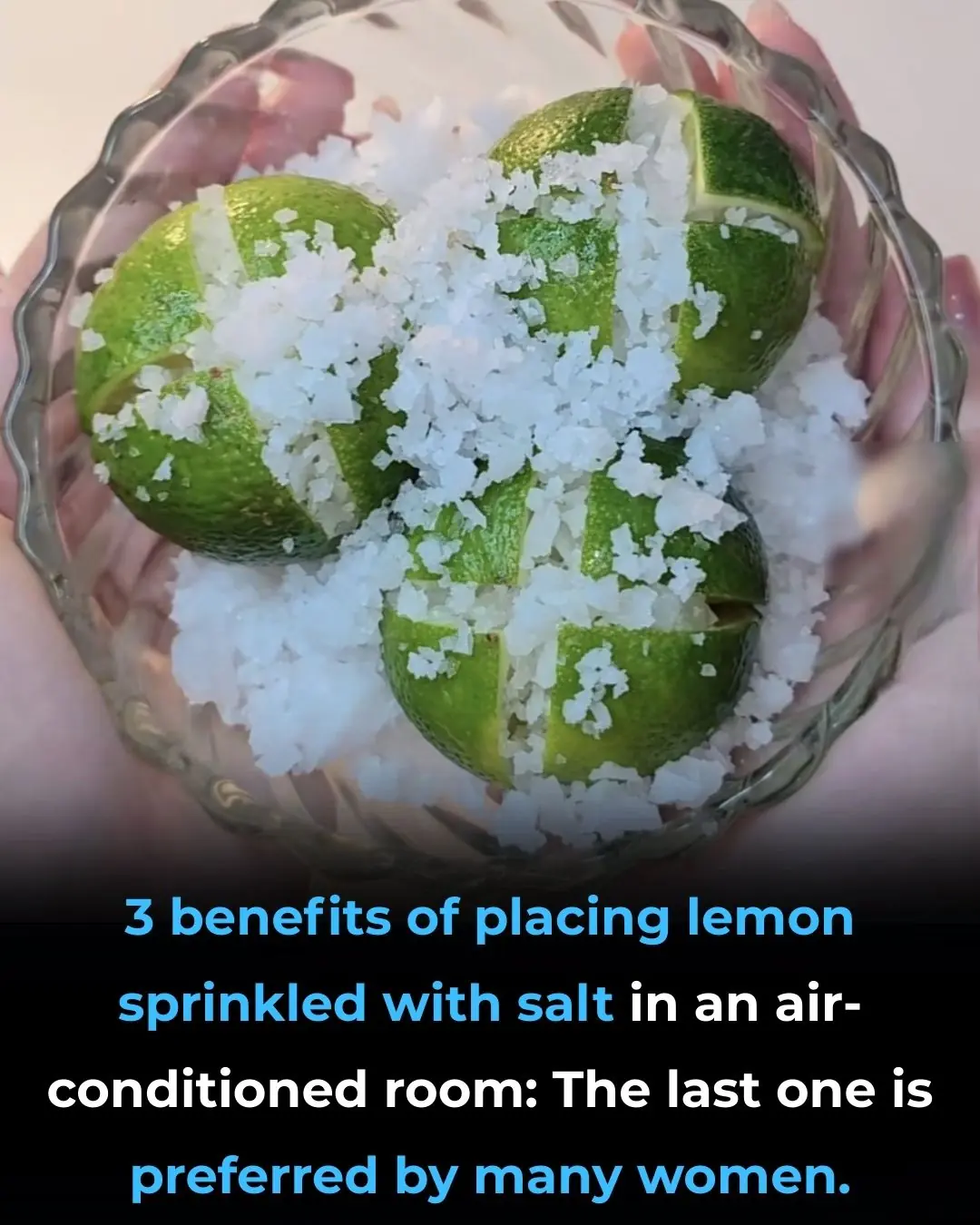
3 benefits of placing lemon sprinkled with salt in an air-conditioned room: The last one many women like

Tips for women on how to cook delicious, nutritious black sesame sweet soup to cool down in the summer
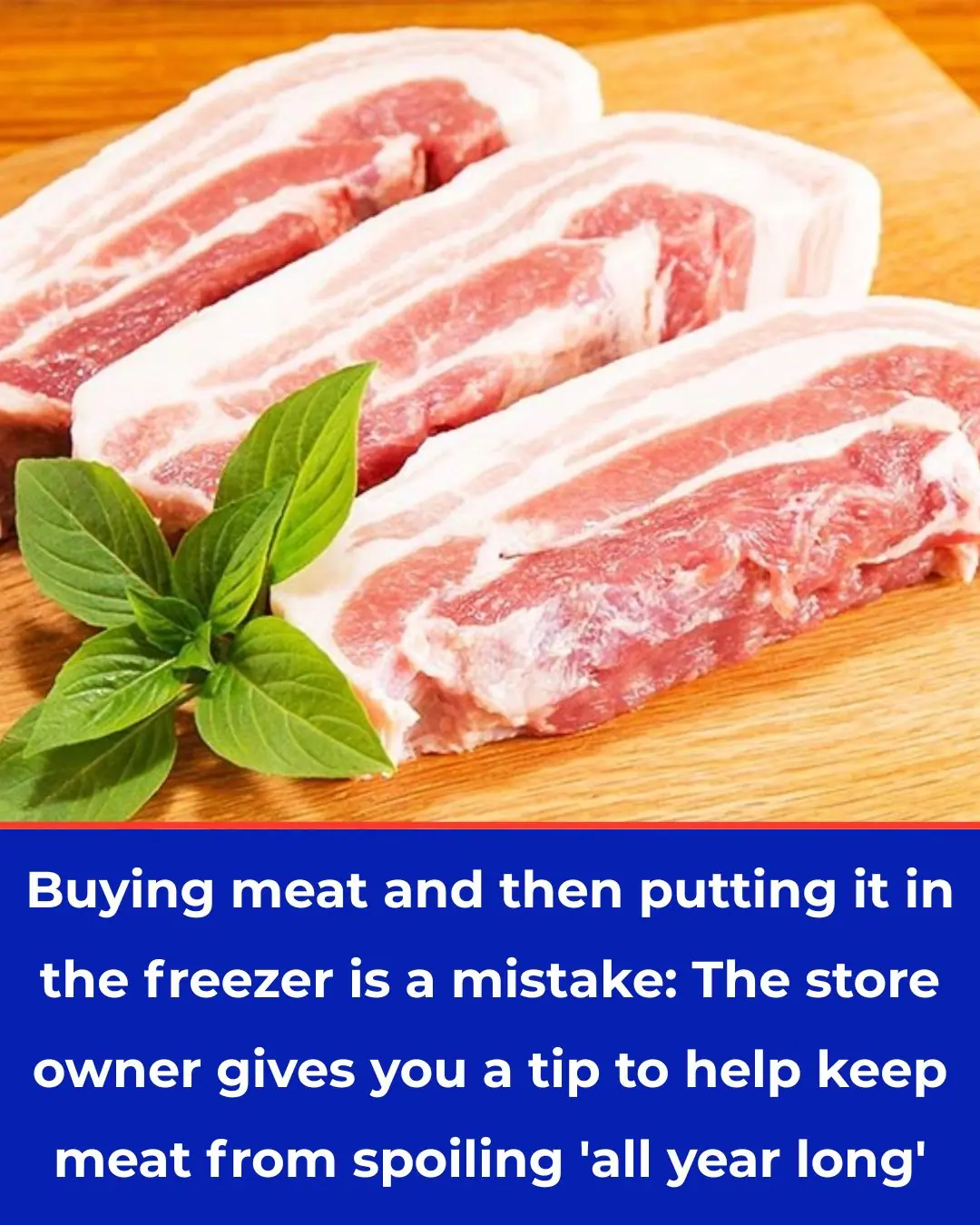
Storing Pork in the Freezer Right After Purchase Is a Mistake: Butcher Shares a Trick to Keep Meat Fresh for a Whole Year

Don’t Clean Your Fridge with Plain Water – Mix This Instead for a Spotless, Odor-Free Fridge
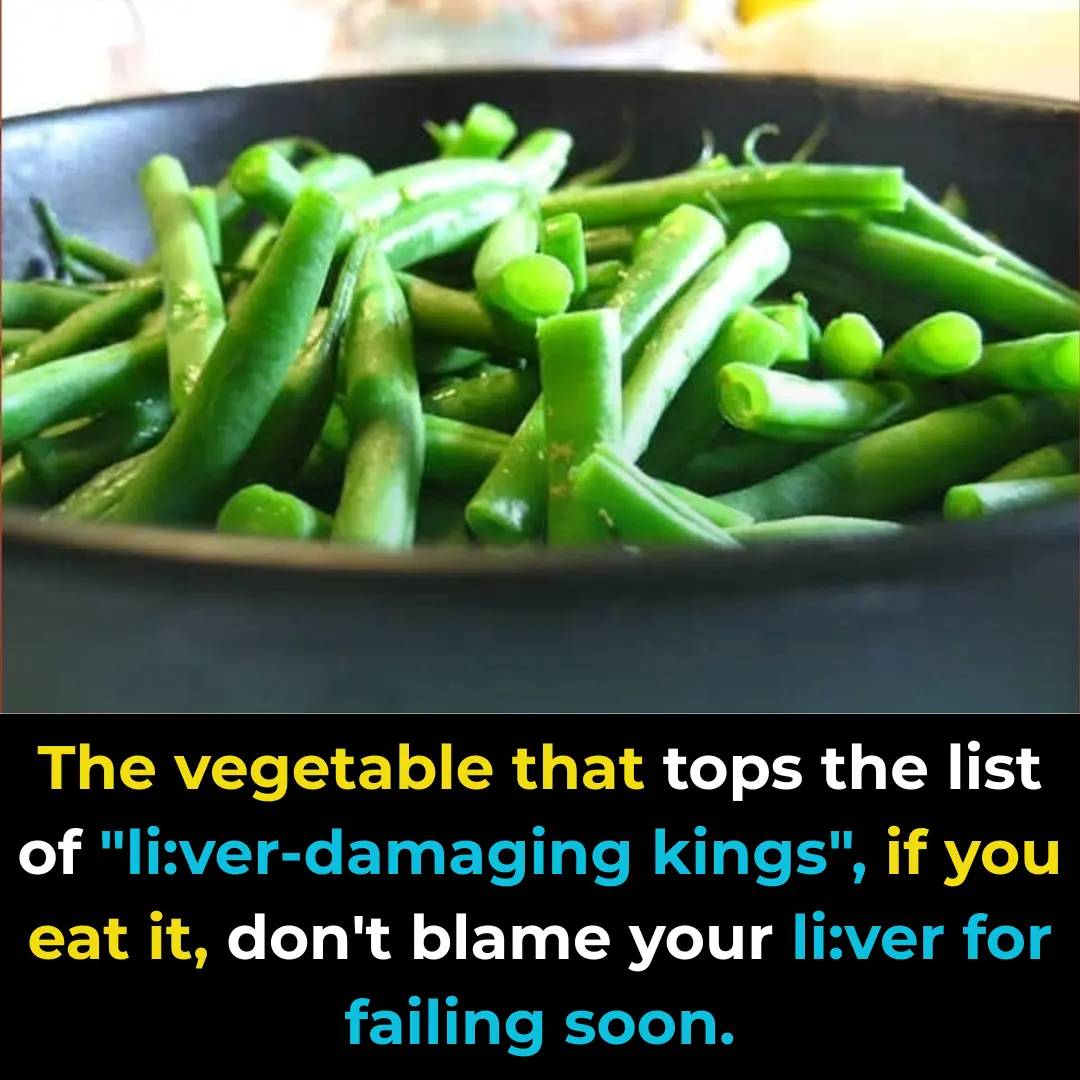
The vegetable at the top of the "liver destroyer" list, if you keep eating it, don’t blame your liver for failing early.

Experts recommend frequently turning off this feature on your mobile phone, as it can make your brain appear 10 years younger.
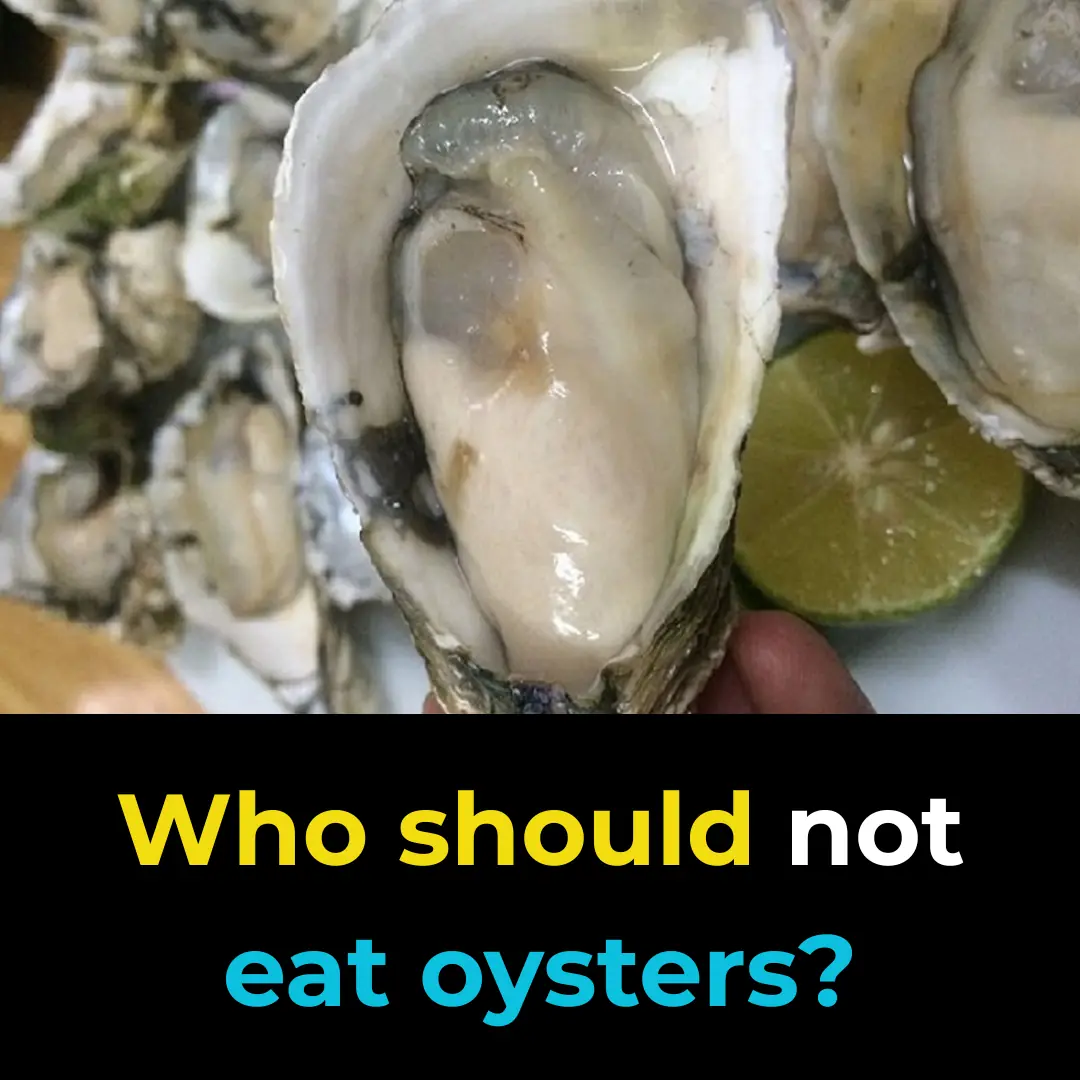
Who should not eat oysters?

5 Types of Drinks You Shouldn’t Store in a Thermos
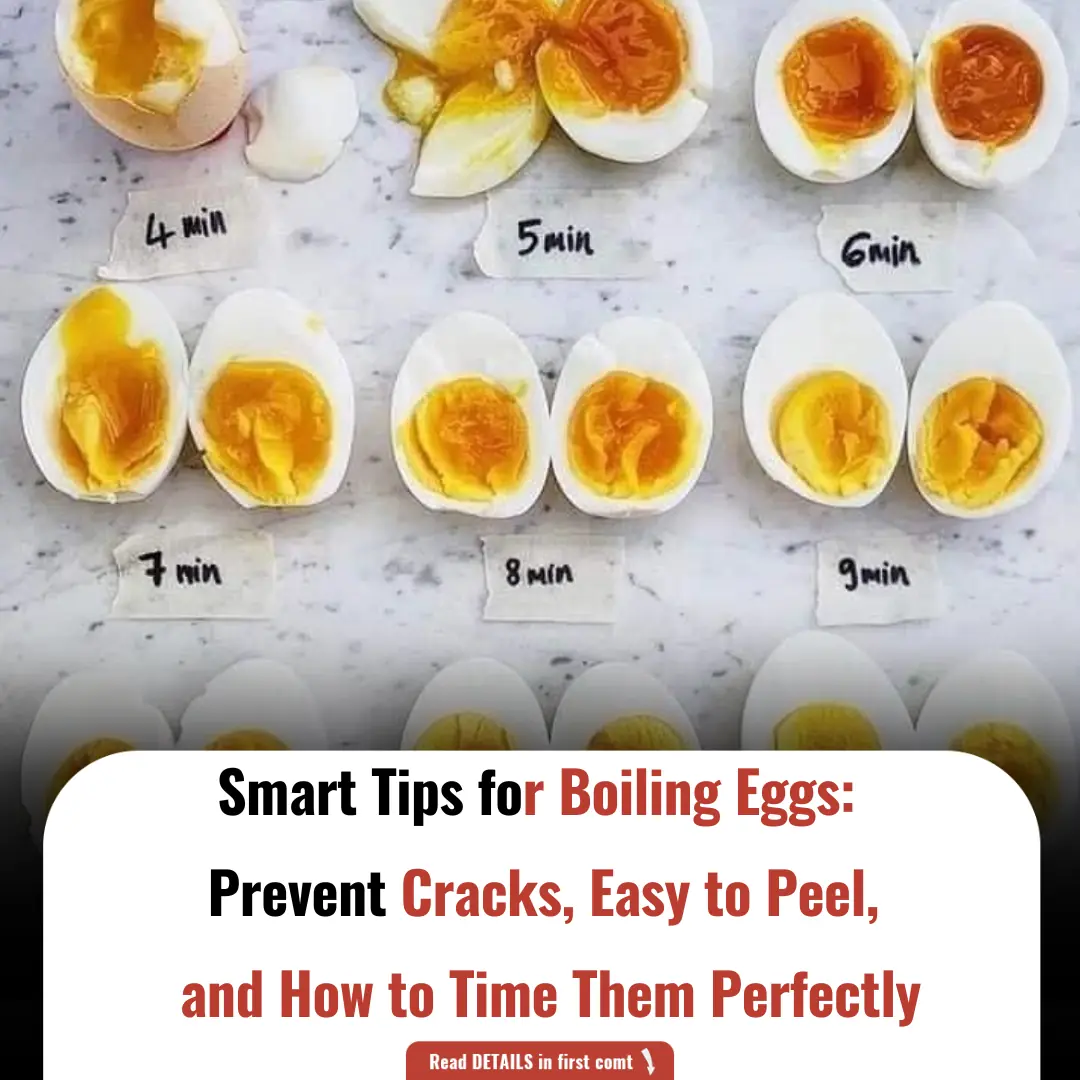
Smart Tips for Boiling Eggs: Prevent Cracks, Easy to Peel, and How to Time Them Perfectly
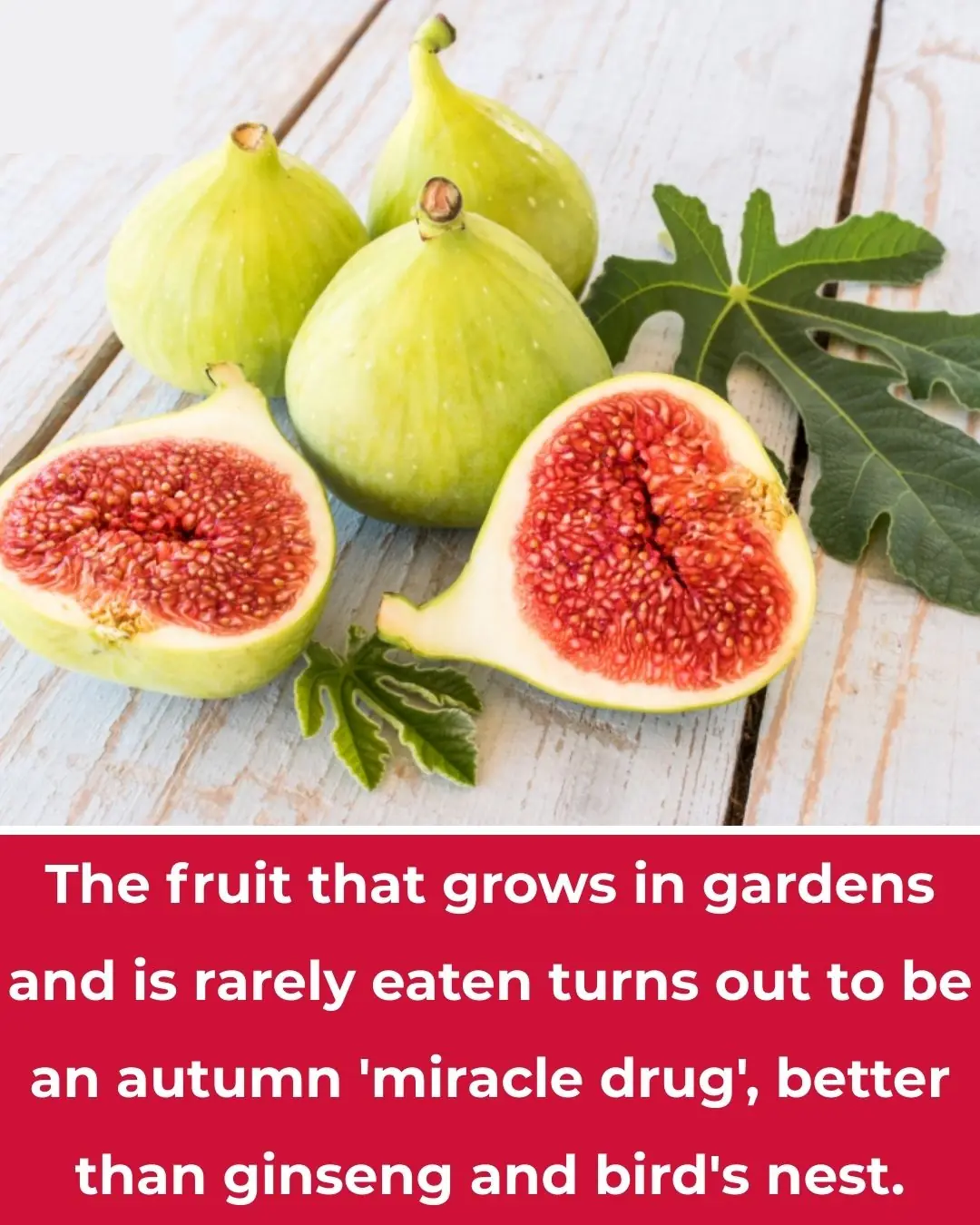
A Fruit Growing Abundantly in Gardens That Few People Eat Turns Out to Be an Autumn ‘Miracle’ Better Than Ginseng and Bird’s Nest
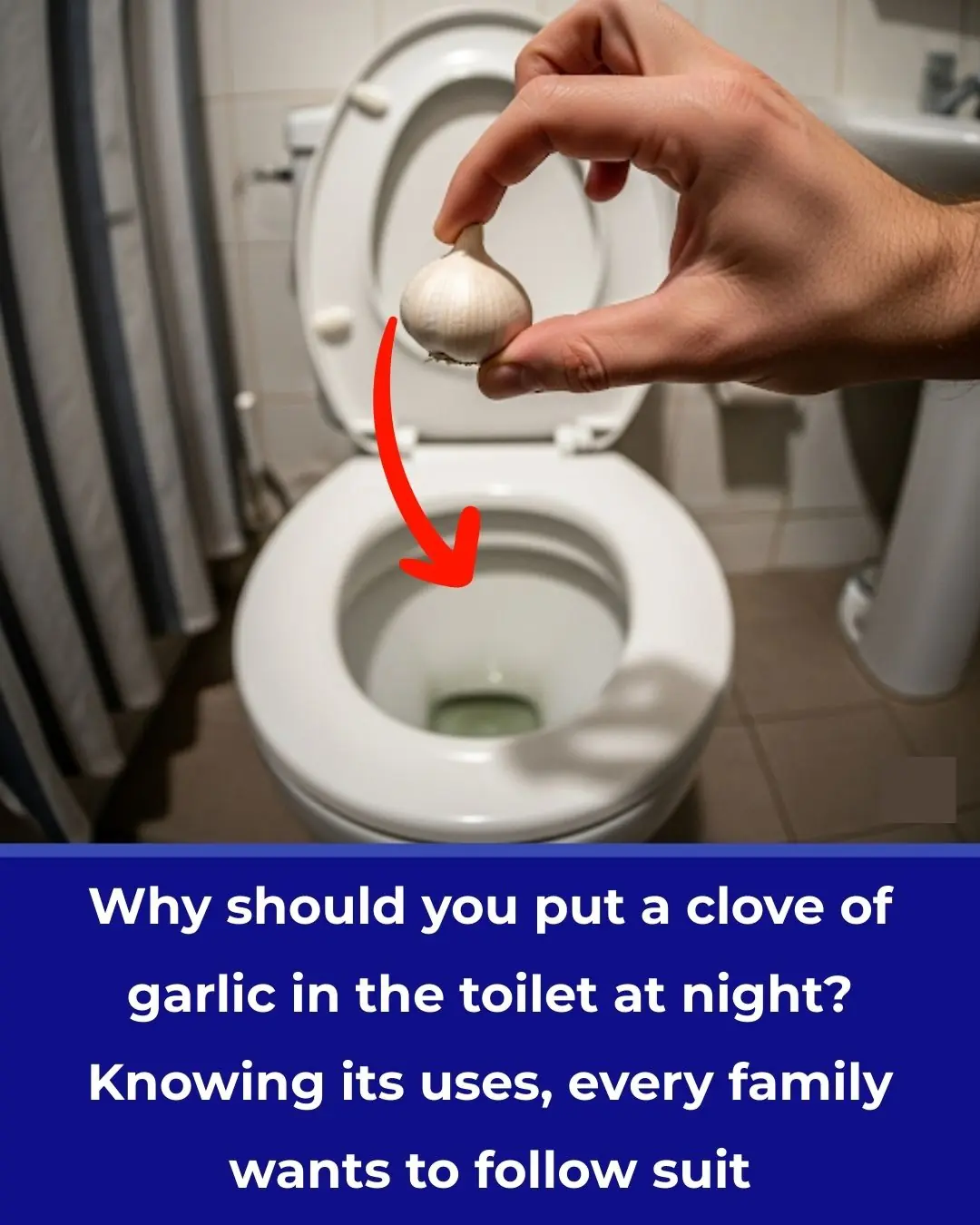
Why Should You Drop a Clove of Garlic into the Toilet Bowl at Night? Knowing Its Benefits, Every Household Wants to Try It
News Post

Seniors: Take This for 5 Nights and See What Comes Out in Your Stool!
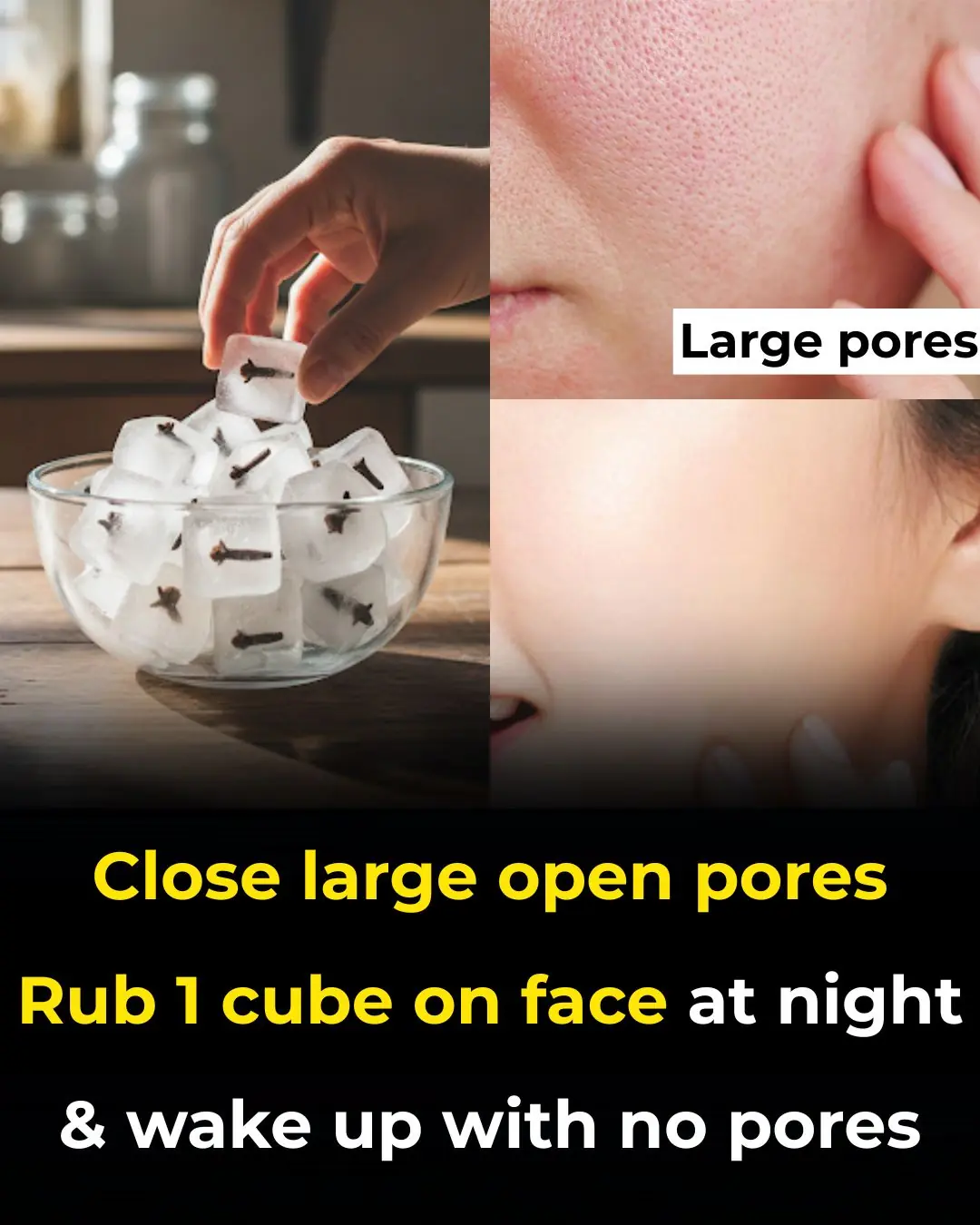
Clove benefits for Skin – Clove Oil, Clove Gel & Clove ice cubes

The Surprising Benefits of Overnight Tea: A Wasteful Habit You Might Not Know About

How to Clean Limescale Off Your Faucet in Just 25 Seconds with a Simple Trick

How to Clean Your Air Conditioner Easily in Just 15 Minutes — No Technician Needed, Even Women Can Do It Effortlessly

Using Electric Kettles to Boil Water: 9 Out of 10 Households Make This Mistake — Remind Your Loved Ones to Fix It Early
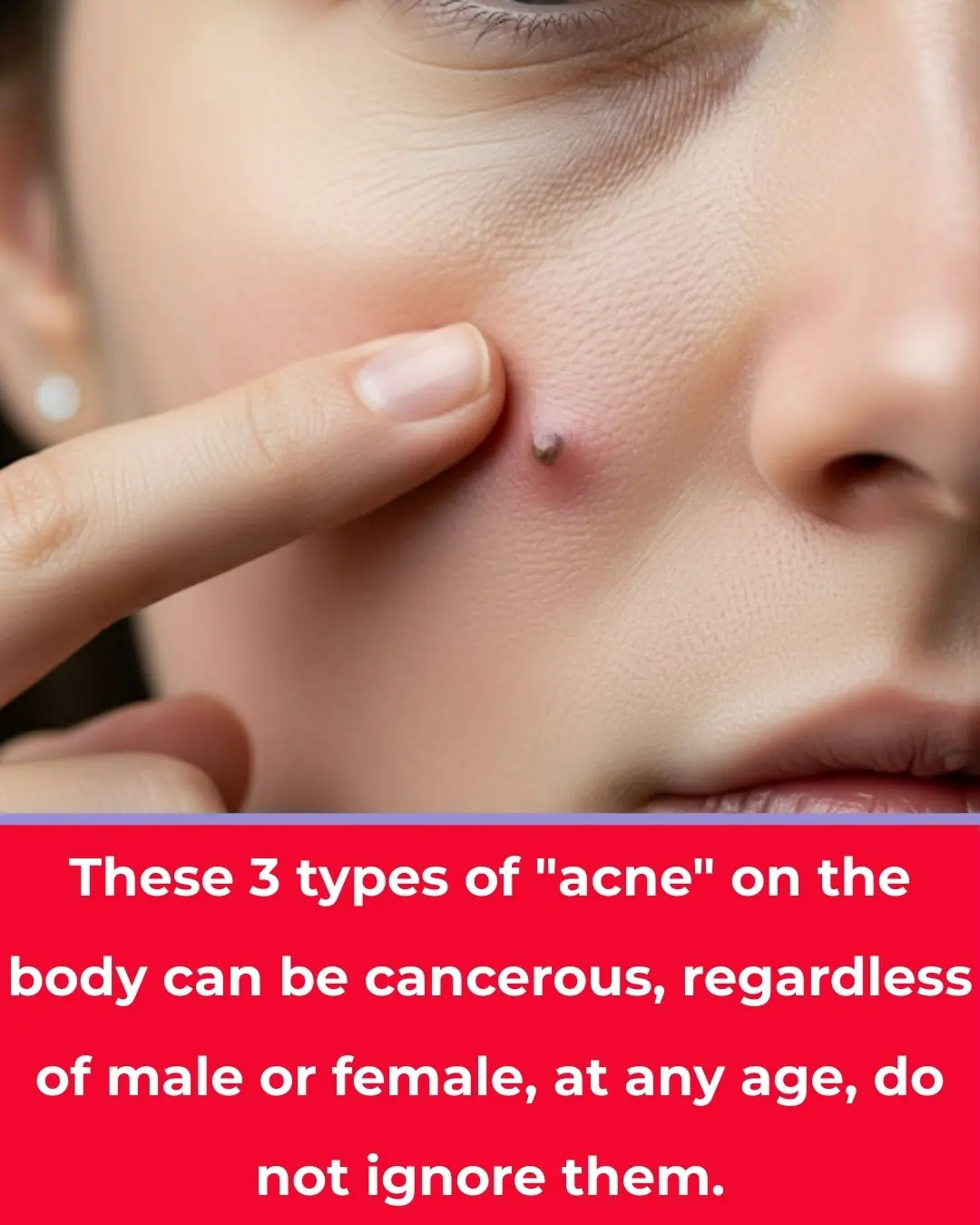
These 3 types of “acne” on the body could be cancerous; whether male or female, no matter the age, don’t ignore them.

Why Some People Can’t Handle Spicy Food

The hidden meaning of thumb rings: what they represent for women vs. men

The Small Hole on the Sink: A Feature You Never Knew You Needed

🌅 Three Morning Symptoms That Could Be Early Warning Signs of Cancer

Woman shares ’embarrassing’ symptoms she regrets hiding from doctors as she’s diagnosed with incurable cancer

Concerned Woman: Beware of Abandoned Prams on Roadsides!

Your Character According to Your Sitting Style

They say the eyes are the windows to the soul — but what about the mind’s eye?

Should You Eat Rice for Breakfast

Japan has a Lower Rate of Breast Cancer than the U.S. – This Nutrient Makes the Difference

How To Do a 3-Day Sugar Detox to ACCELERATE Fat Loss And Improve Your Mood!
